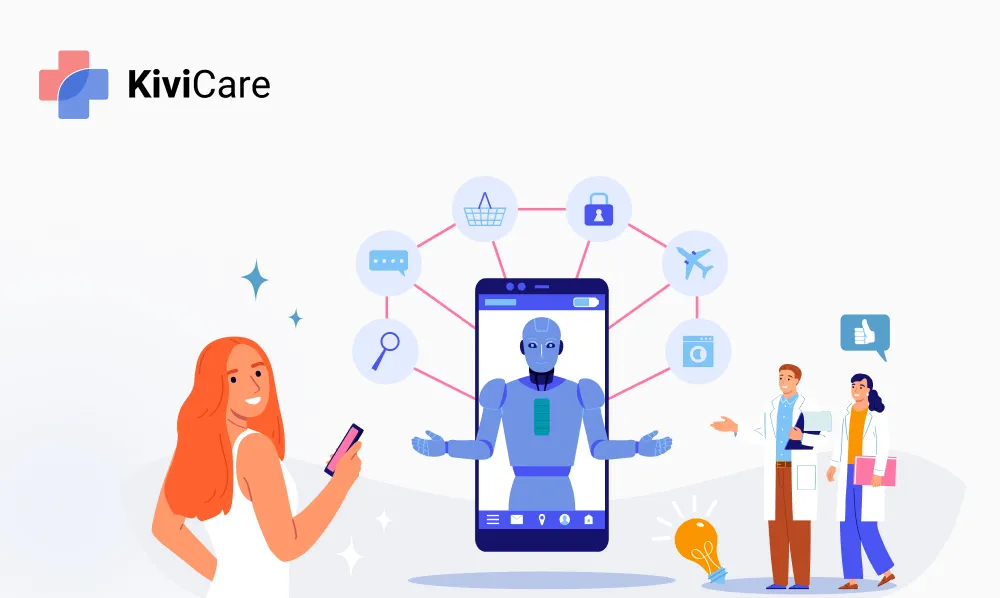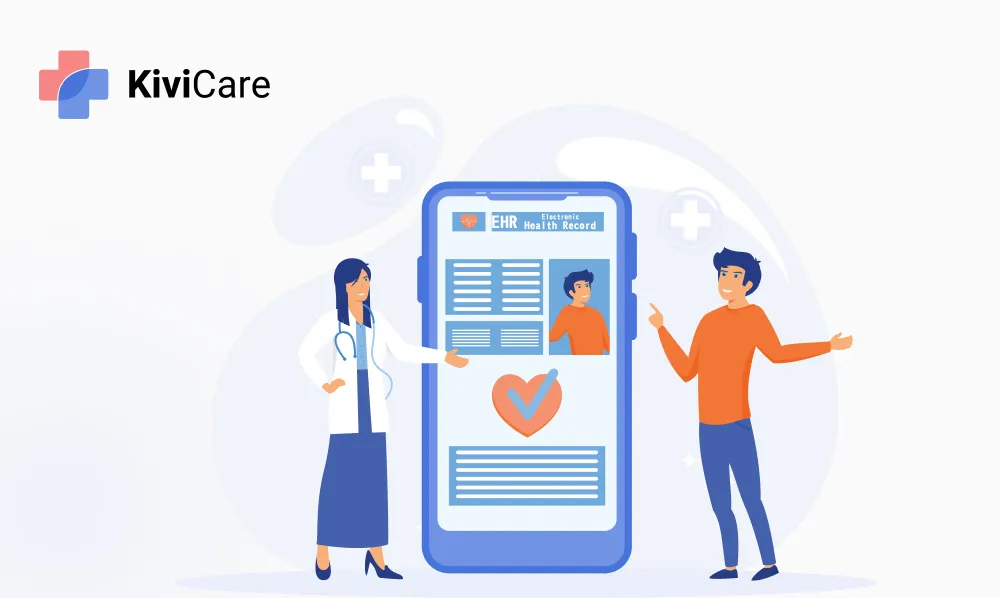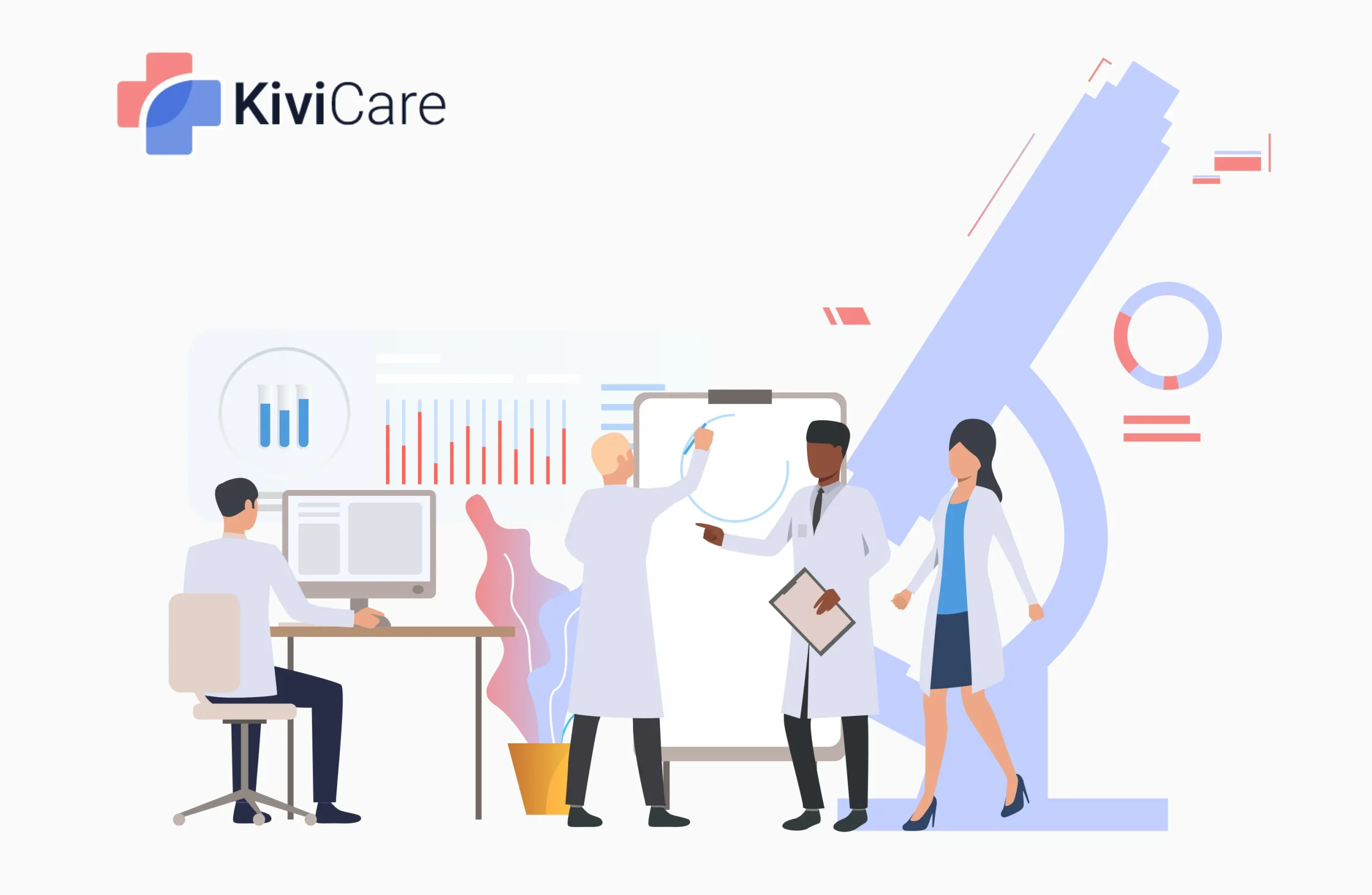
Overcoming Common Challenges in the Healthcare Industry
The healthcare industry is one of the most complex and critical sectors, where precision and efficiency are paramount. Yet, healthcare providers frequently encounter numerous challenges that complicate their efforts to deliver high-quality care. Administrative inefficiencies, such as excessive paperwork and slow processes, can burden staff and detract from patient care. Additionally, patient care issues, including gaps in communication and coordination, can negatively impact outcomes and satisfaction.
Resource constraints, including limited budgets and staffing shortages, further exacerbate these healthcare challenges. Addressing these issues is crucial for improving overall healthcare delivery. This blog will explore these common healthcare challenges and propose practical solutions to overcome them, aiming to enhance efficiency and patient care in the healthcare industry.
Key Points:
- Healthcare industry is a complex and vital .
- Common healthcare challenges: administrative inefficiencies, patient care issues, and resource constraints.
- Focus: Identifying challenges and proposing solutions to improve healthcare delivery.
Administrative Inefficiencies

Administrative inefficiencies are a significant issue in the healthcare industry, often manifesting as overwhelming paperwork and inefficient processes. Healthcare providers frequently need help managing extensive documentation, which can lead to slow and error-prone operations. These inefficiencies negatively impact healthcare delivery by increasing the time required for administrative tasks and reducing the time available for patient care. Additionally, staff productivity could be improved as they spend more time on paperwork rather than focusing on direct patient interactions.
Impact:
1. Delayed Patient Care:
Excessive paperwork can delay critical processes, such as patient admissions and treatment planning.
2. Increased Errors:
Manual data entry and handling of paper records increase the likelihood of errors.
3. Staff Burnout:
Administrative overload contributes to frustration and burnout, impacting morale and efficiency.
Solutions:
1. Automation:
Implementing electronic health records (EHR) systems can significantly streamline data management. EHRs automate data entry and retrieval, reducing the need for manual paperwork and minimizing errors.
2. Process Optimization:
Adopting workflow management tools like KiviCare Lravel – Clinic management solution in Laravel helps improve administrative efficiency. These tools can automate routine tasks, manage scheduling, and streamline communication, enhancing overall process efficiency.
3. Training:
Providing staff with targeted training helps them manage administrative tasks more effectively. Training programs can focus on using new technologies, improving time management, and understanding best practices for handling administrative duties.
Healthcare organizations can enhance operational efficiency and patient care quality by addressing administrative inefficiencies through these solutions.
Patient Care Challenges
Patient care challenges in healthcare often stem from communication gaps and care coordination issues. Effective communication between healthcare practitioners and patients is critical to providing high-quality care. However, communication gaps can result in misunderstandings, incomplete information, and delays in treatment. Poor care coordination among healthcare providers can lead to fragmented care, where patients may receive inconsistent or duplicated treatments.
Impact:
1. Poor Patient Outcomes:
Ineffective communication and coordination can result in incorrect diagnoses, inappropriate treatments, and delayed care, ultimately leading to poorer patient health outcomes.
2. Patient Dissatisfaction:
Solutions:
1. Patient Management Systems:
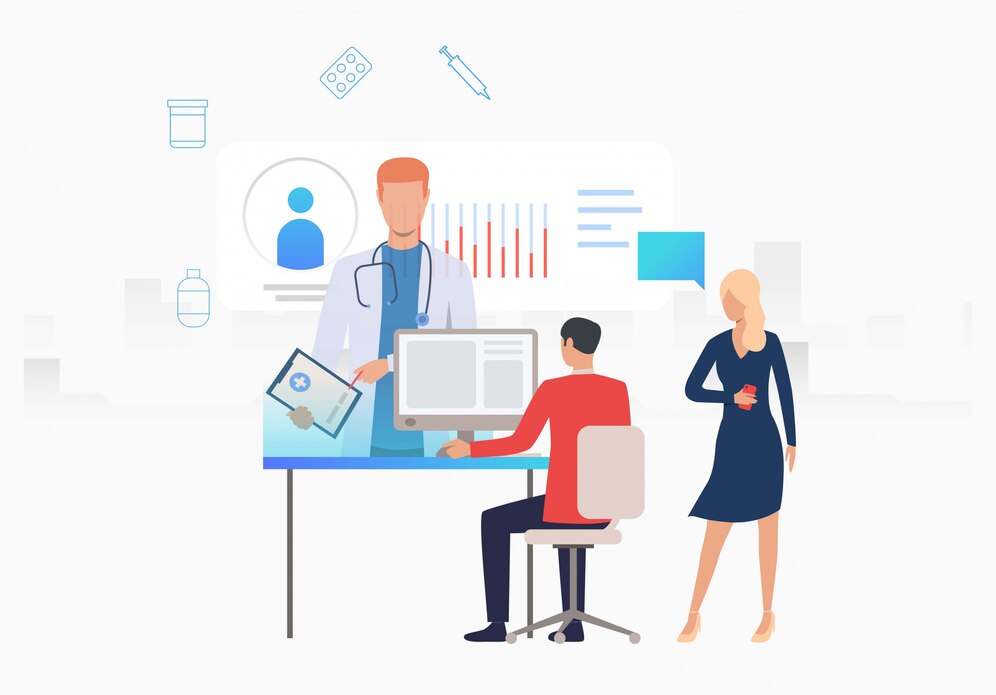
Integrating patient management systems enhances care coordination by centralizing patient information. These systems facilitate seamless information sharing among healthcare providers, ensuring that all relevant data is accessible and up-to-date.
2. Enhanced Communication Tools:
Implementing secure messaging systems improves communication between patients and providers. These tools enable real-time, confidential information exchanges, reducing misunderstandings and allowing for timely responses to patient needs.
3. Patient Engagement:
Employing patient portals and feedback systems can significantly enhance patient engagement and satisfaction. Portals allow patients to access their health records, schedule appointments, and communicate with their healthcare providers directly, fostering a more involved and informed patient experience.
Resource Constraints
Resource constraints, such as staffing shortages and budget limitations, are significant challenges in the healthcare industry. These constraints can severely impact healthcare facilities’ quality of care and operational efficiency. Staffing shortages often result in increased workloads for existing staff, leading to burnout and reduced patient care quality. Budget limitations can restrict the ability to purchase necessary equipment, invest in staff training, or expand services.
Impact:
1. Quality of Care:
Limited resources can lead to reduced patient interactions, longer wait times, and less personalized care, negatively affecting patient outcomes and satisfaction.
2. Operational Efficiency:
Resource constraints can hinder the smooth functioning of healthcare operations, resulting in inefficient workflows and increased strain on staff.
Solutions:
1. Flexible Staffing Models:
Implementing temporary staffing solutions and optimizing staff schedules can help address staffing shortages. Flexible staffing allows healthcare facilities to adjust workforce levels according to patient demand and peak times, ensuring that the correct number of staff is available when needed.
2. Resource Allocation Tools:
Resource allocation tools can enhance the management and distribution of available resources. These technologies provide insights into resource consumption and aid in resource prioritization based on patient demands and operational requirements.
3. Cost-Effective Technologies:
Adopting affordable technology solutions like KiviCare Laravel – Clinic management solution in Laravel can maximize the use of existing resources. For example, cloud-based systems and telemedicine platforms can provide cost-effective ways to enhance service delivery and support staff without requiring significant financial investment.
Technology Adoption
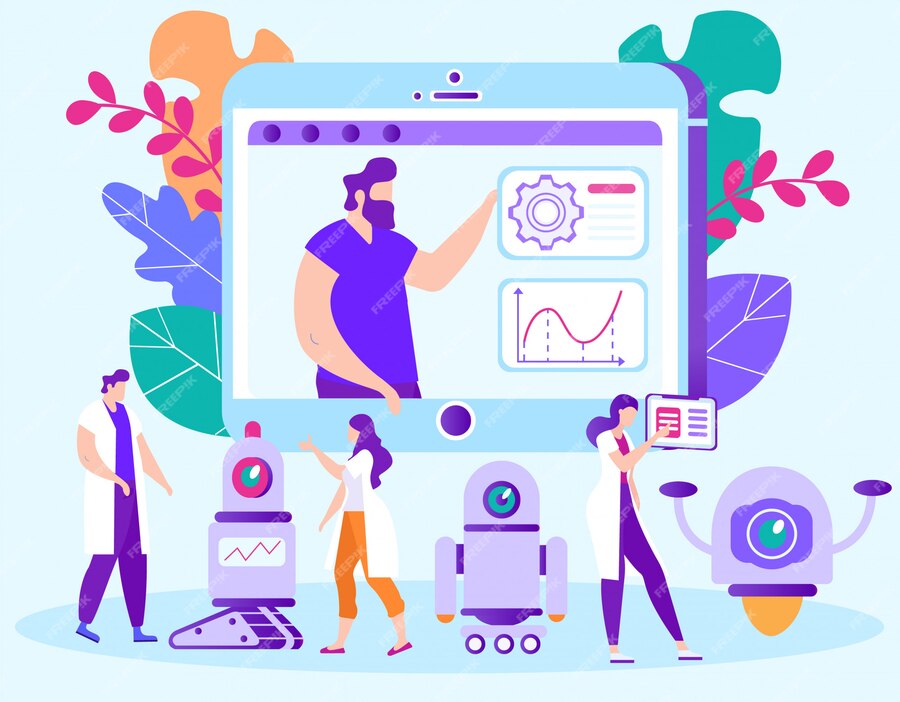
Adopting new technologies in healthcare can be challenging, particularly when integrating them into existing systems. Introducing new tools and systems often meets resistance from staff accustomed to established methods. Additionally, technical issues can arise, causing disruptions and inefficiencies.
Impact:
1. Resistance to Change:
Healthcare staff may resist new technologies due to comfort with current processes or fear of the unknown. This reluctance can slow the adoption process and prevent the use of cutting-edge tools.
2. Technical Issues:
Solutions:
1. Change Management:
Implementing change management strategies helps manage resistance and facilitate smooth transitions. This includes clear communication about the benefits of the new technology and involving staff in the adoption process to build acceptance.
2. Training Programs:
Providing comprehensive training for staff on new technologies is essential. Training ensures users understand how to operate the new systems effectively, increasing their confidence and competence.
3. Technical Support:
Ensuring robust technical support is crucial to address any issues. A strong support system helps resolve problems quickly, minimizing disruptions and ensuring the technology meets its intended goals.
Conclusion
The healthcare industry faces several significant challenges, including administrative inefficiencies, patient care issues, resource constraints, regulatory compliance, and technology adoption. Each of these healthcare challenges impacts the quality of care and operational efficiency. Solutions such as automation, effective patient management systems, flexible staffing, compliance management tools, and robust change management strategies can help address these issues.
Assess your current practices and identify areas where these healthcare challenges may affect your operations.
Consider implementing the suggested solutions like KiviCare Laravel-Clinic management solution in Laravel to improve efficiency and enhance patient care in your healthcare setting.


